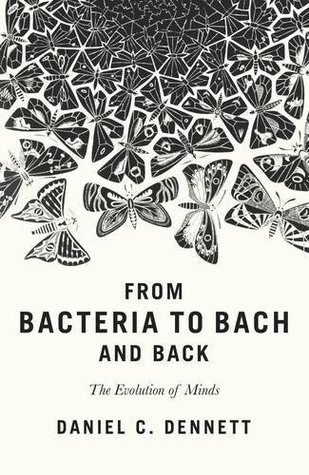Michael Tye in Inference Review:
 In an essay entitled, “Philosophy and the Scientific Image of Man,” the American philosopher Wilfrid Sellars argued that our allegiances are divided between the manifest and the scientific image of the world.1 On the manifest image, the world comprises people, pains, and puzzles; on the scientific image, nothing more than various quantum fields. It is the scientific image that takes ontological pride of place. But if colorless quantum fields are really real, what are we to say about colored roses, which are really red?
In an essay entitled, “Philosophy and the Scientific Image of Man,” the American philosopher Wilfrid Sellars argued that our allegiances are divided between the manifest and the scientific image of the world.1 On the manifest image, the world comprises people, pains, and puzzles; on the scientific image, nothing more than various quantum fields. It is the scientific image that takes ontological pride of place. But if colorless quantum fields are really real, what are we to say about colored roses, which are really red?
There is an obvious gap between the manifest and scientific image of the world. How could roses be red? One venerable philosophical answer is that roses are red in virtue of how they are experienced. But experience is itself no less mysterious than color. We are subjects of experience; quantum fields are not. Questions of this sort have persuaded David Chalmers tentatively to embrace what he calls naturalistic dualism. For all that, dualism is still dualism. Many philosophers have resisted following him into the badlands. The stay-behinds hope to make sense of consciousness in a way that does justice to its richness while somehow embedding it in the scientific side of things.
In his new book, Daniel Dennett argues that all parties to this discussion, while rarely in doubt, are nonetheless in error. There is no point in bridging the gap between the manifest and scientific image of the world because no such gap exists. The manifest image, Dennett argues, is a user illusion.
More here.
